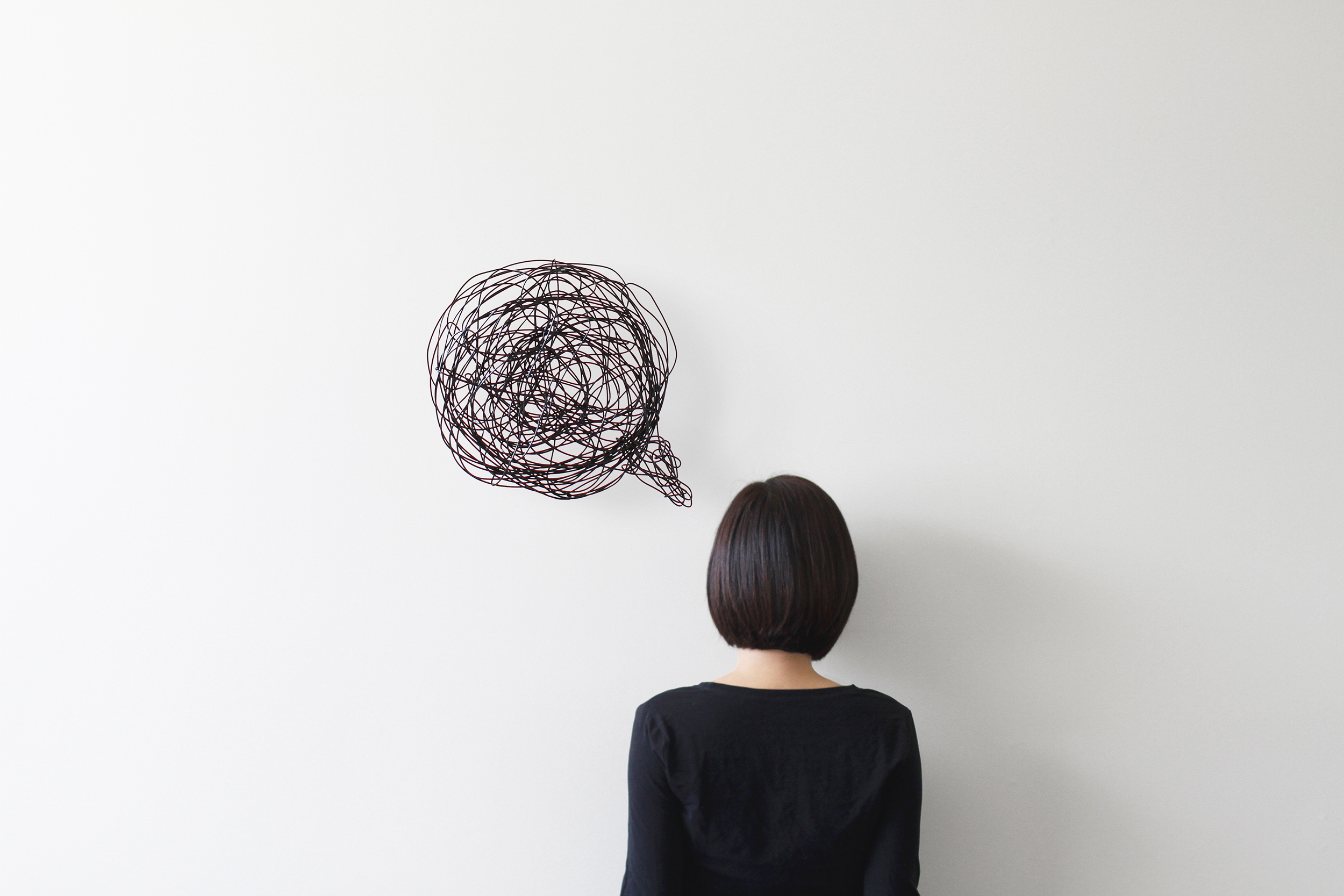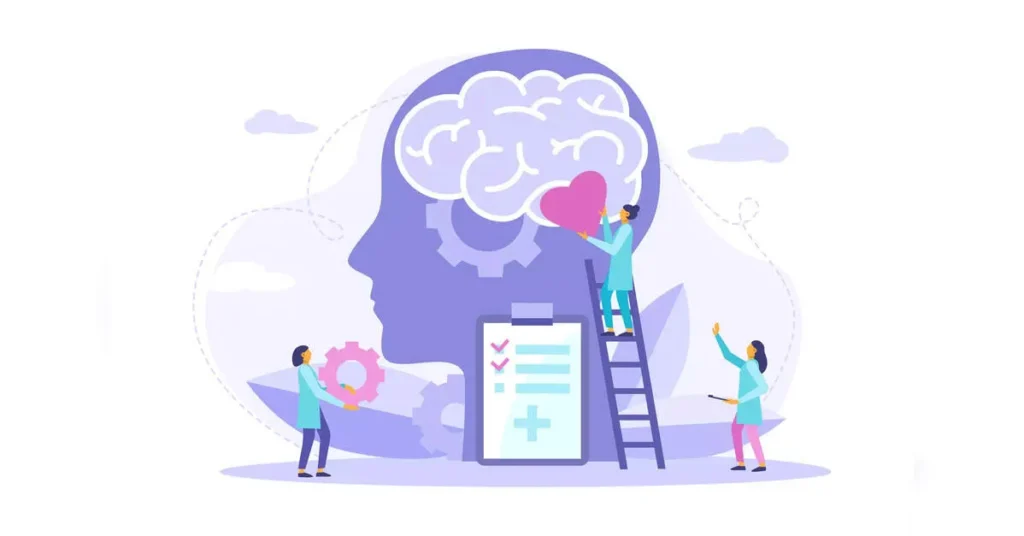We all do it when we get bored: we take our phones out and start watching videos on them. We can easily access the kind of content we want to watch thanks to the endless content that is available online. Based on our viewing habits, the applications sometimes modify the algorithms. Because of this, it's hard for us to stop scrolling through videos. A recent study reveals that avoiding boredom can make it worse, contrary to popular belief.
The purpose of the study, which was carried out by the University of Toronto, was to investigate the fascinating habit that people have of watching entertaining videos to alleviate boredom. However, the study demonstrated that this routine can worsen boredom. According to lead researcher Katy Tam, PhD, a postdoctoral researcher at the University of Toronto, staying focused on the content and minimizing digital switching are the keys to gaining entertainment from watching videos without increasing boredom.

YouTube, TikTok, Instagram, and Netflix are just a few of the digital platforms that have changed the way we consume content. People use these apps to watch short videos that may or may not catch their attention. People occasionally scroll through videos in search of something stimulating and interesting. This habit, also known as digital switching, can worsen boredom rather than alleviate it.
The study also found that staying immersed in a single piece of content is much more enjoyable than constantly switching between them. According to the findings, switching to digital media can result in increased boredom, decreased contentment, decreased attention, and a diminished sense of significance.

How boredom can be brought on by digital switching
We should be effectively combating boredom because we avoid the boring parts of digital content when we scroll through it. However, this is not the case due to the intricate connection between boredom and attention. We are focused and find meaning when we are completely immersed in a single piece of content. However, scrolling without purpose shortens our attention spans and makes us feel even more drained.

The Study's Findings
The research involved approximately 1,200 participants who were subjected to various viewing experiences. In one experiment, they watched a 10-minute video without the option to skip or fast-forward, while in another, they could switch between seven 5-minute videos. Despite participants believing that having the option to skip would reduce boredom, they reported greater satisfaction and engagement when forced to watch a full video without interruption. Those who engaged in "digital switching"—the act of frequently switching between videos—found their viewing experience less enjoyable, less exciting, and less meaningful.
Boredom and Attention

Dr. Tam's research suggests a bidirectional relationship between boredom and digital switching. When individuals feel bored, they tend to switch videos in hopes of finding something more engaging, yet this behavior leads to increased boredom. Boredom often signals a gap between one’s current level of engagement and their desired level of engagement. Continuous switching prevents deep immersion in any single video, which diminishes the potential for enjoyment.
The Implications of Boredom

Boredom is often viewed negatively, but it's important to recognize its dual nature. While it can lead to feelings of dissatisfaction and disengagement, it can also serve as a motivational signal prompting individuals to seek out more meaningful activities. Dr. Pamela Rutledge, a media psychology expert, emphasizes that understanding boredom as a motivator rather than a deficiency can reshape our responses to it.
Chronic boredom has been linked to several negative outcomes, including depressive symptoms, anxiety, and even aggressive behaviors. The rise in reported boredom among young people from 2008 to 2020 highlights a growing concern for mental health and well-being in our digital culture.
A new study has found that swiping through online videos in an attempt to stave off boredom may actually be making the situation worse. The study suggests that the common habit of rapidly jumping from one video to the next, often in a quest for more engaging content, can lead to heightened levels of boredom rather than alleviating it. This behavior, known as "digital switching," causes a fragmented attention span, which undermines the ability to focus on and enjoy any single video fully.
The study, conducted with over 1,200 participants, primarily university students, tested the effects of watching videos with and without the option to switch between them. Those who were allowed to rapidly switch between videos reported higher levels of boredom and lower satisfaction with their experience. In contrast, participants who watched a single video uninterrupted found the experience more fulfilling and were able to engage with the content more deeply.
One of the key findings of the study is that when users know there is an endless supply of content available to them, they tend to feel as though there is always something better just a swipe away. This leads to a constant search for more engaging content and a diminished sense of satisfaction with what is currently on screen. This awareness of endless alternatives, combined with the inability to deeply engage with any one piece of content, creates a cycle of dissatisfaction and boredom.
Psychologists involved in the research highlight that boredom is closely linked to attention. When we engage deeply with something, our attention is focused, which often enhances our enjoyment and the perceived meaning of the activity. However, constantly switching between videos prevents this kind of focused attention, resulting in a less enjoyable experience. The study suggests that by limiting the urge to switch and allowing ourselves to focus on one video at a time, we may break the cycle of increasing boredom.
While this research primarily focuses on video content, it implies broader insights into how digital multitasking and constant switching between various forms of media can affect our cognitive and emotional well-being. The rise of social media platforms and video apps that encourage rapid content consumption might be inadvertently contributing to this problem, making us feel more disconnected and less satisfied with our digital experiences.







